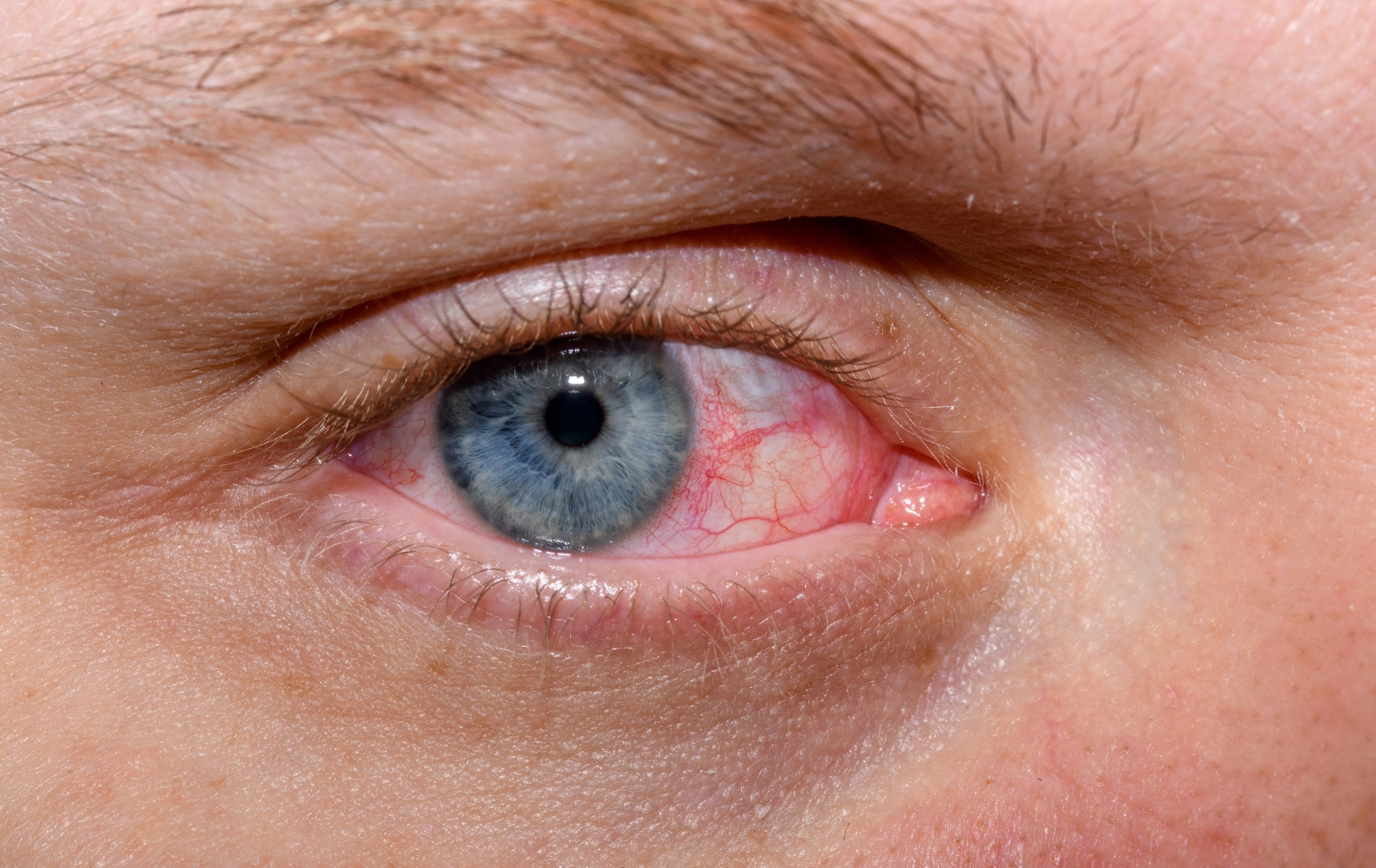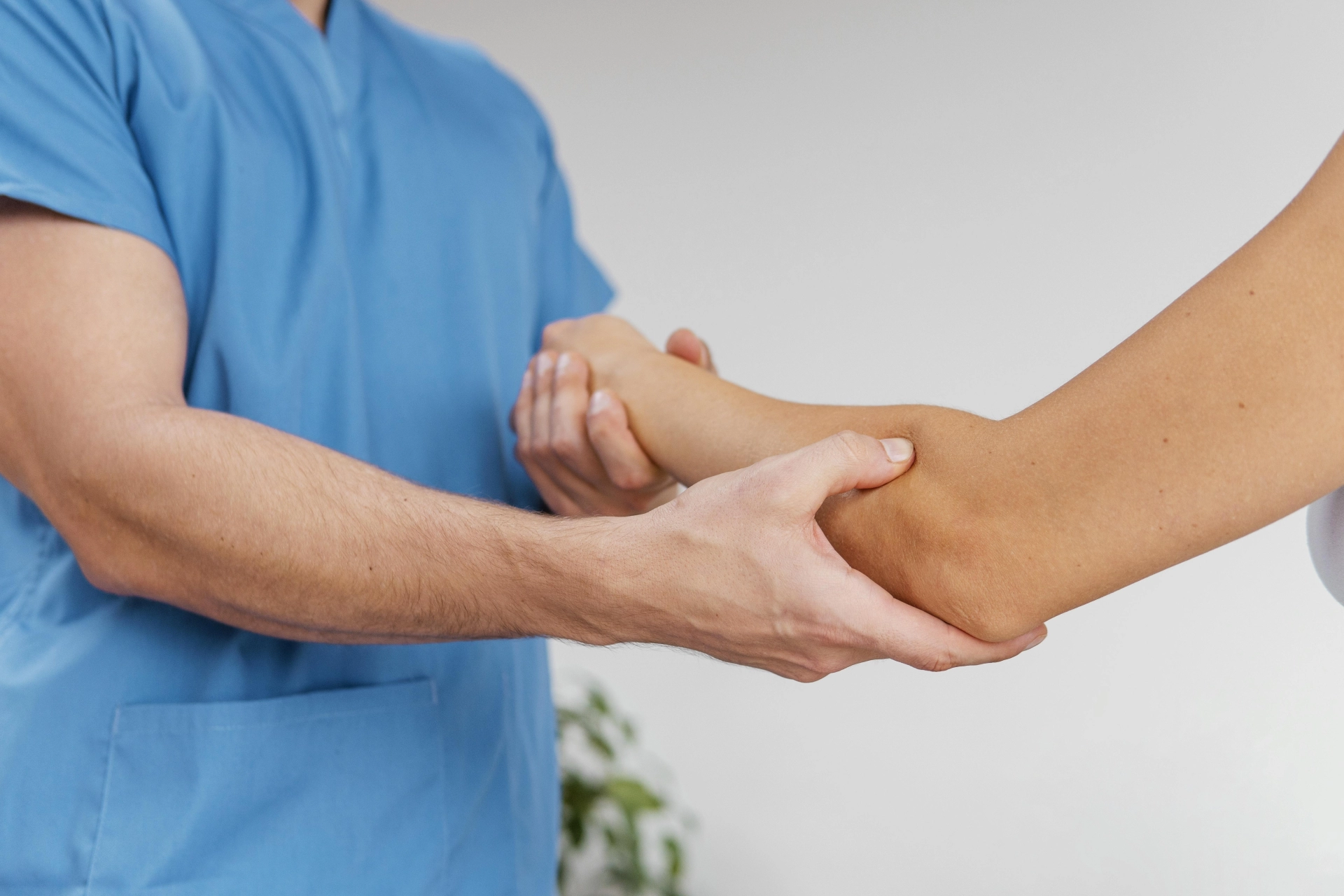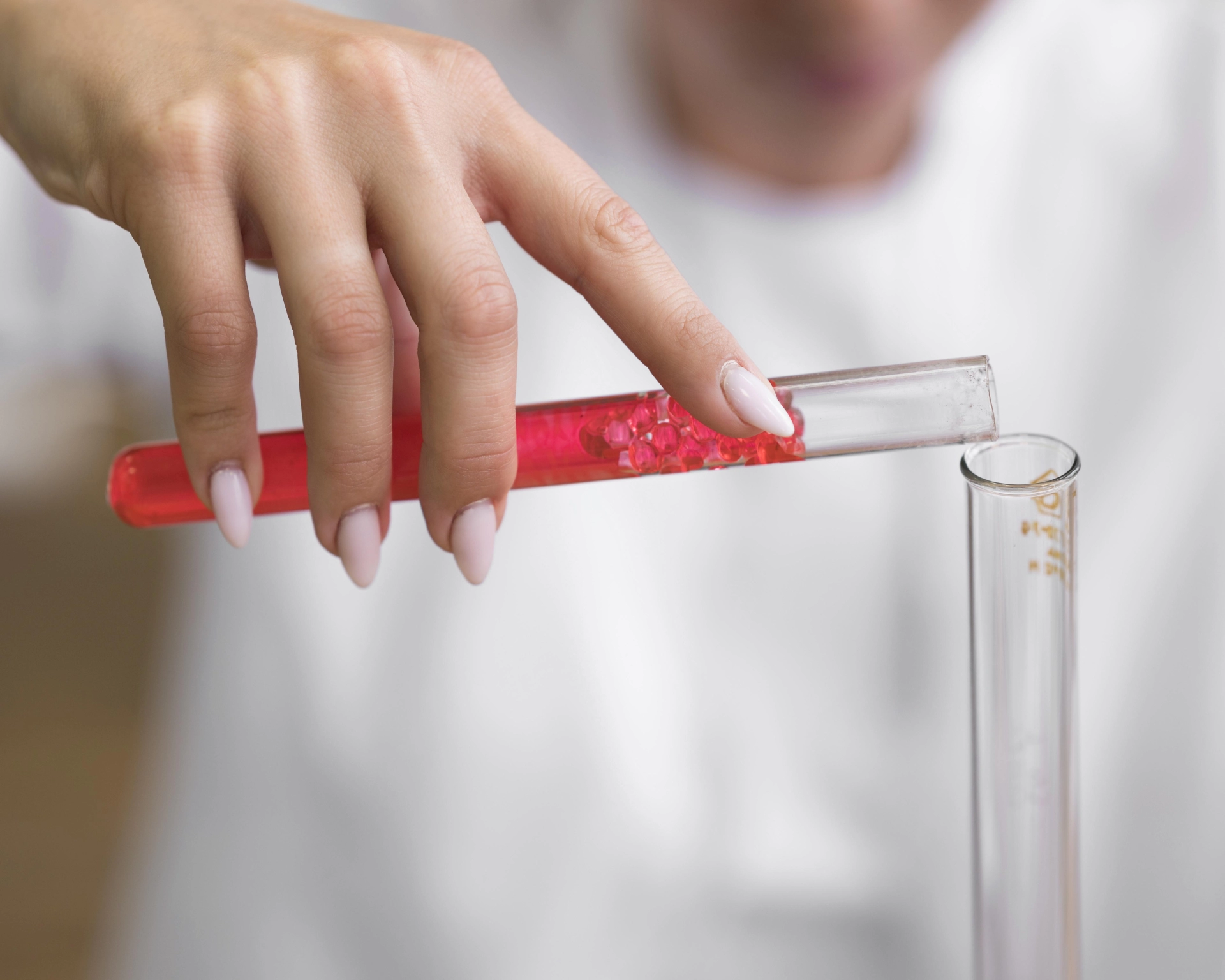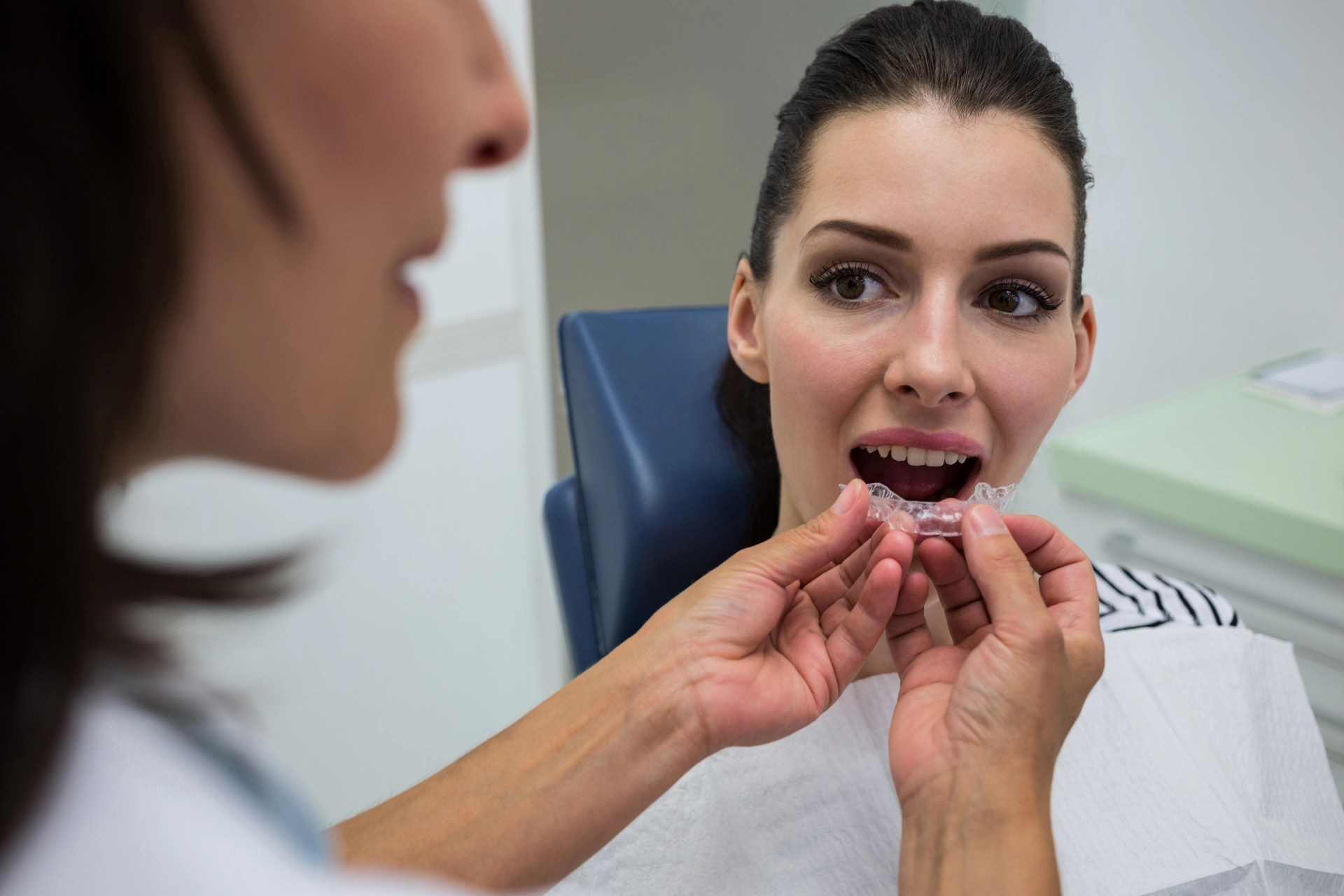Polyneuropathy
30 December 2025
Polyneuropathy is a disease of the peripheral nervous system in which multiple nerves are affected simultaneously. These nerves connect the brain and spinal cord to the muscles, skin, and internal organs. Damage is usually symmetrical and often begins in the extremities—hands or feet—but in some cases, internal organs are also affected.
Causes of the Disease
By origin, polyneuropathies are divided into primary (hereditary) and secondary. Hereditary forms are associated with genetic disorders and include, for example, hereditary motor-sensory neuropathies, amyloidosis, Fabry and Refsum diseases, and other rare syndromes.
Secondary polyneuropathies, which occur as a complication of other diseases or under the influence of external factors, are significantly more common. These include toxic, infectious, metabolic, vascular, and autoimmune forms. The development of polyneuropathy can be promoted by:
• Infections (HIV, diphtheria, Epstein–Barr virus, botulism, etc.);
• Autoimmune and allergic diseases, including Guillain–Barré syndrome;
• Intoxication with drugs, alcohol, heavy metals, and other toxic substances;
• Diabetes mellitus, liver and kidney diseases, deficiency of B vitamins;
• Exposure to cold, vibration, radiation;
• Tumors and their metastases compressing the nerves.
The risk of the disease increases with age. In some cases, a precise cause cannot be established—such a form is called idiopathic.
Classification
Depending on the type of fibers affected, the following forms are distinguished:
• Sensory form — with impaired sensitivity;
• Motor form — with muscle weakness and reduced movement;
• Autonomic form — with disorders of internal organ function;
• Mixed form — a combination of several types.
According to the mechanism of damage, a distinction is made between axonal forms (damage to the axon) and demyelinating forms (damage to the myelin sheath). By localization, polyneuropathy can affect the upper or lower limbs, cranial nerves, or autonomic nerves of internal organs. According to its course, the disease can be acute, subacute, or chronic.
Symptoms
Most often, the first manifestations occur in the feet and hands. Numbness, tingling, and burning appear, followed by pain and muscle weakness. Over time, symptoms spread upward along the limbs. Other observations may include:
• Reduction or loss of sensitivity;
• Muscle atrophy;
• Tremors, muscle twitching;
• Swelling, changes in skin and nails;
• Delayed wound healing.
When autonomic or cranial nerves are affected, disturbances in sweating, heart rhythm, breathing, digestion, vision, hearing, speech, and swallowing are possible.
Pathogenesis
In axonal forms, nerve fibers are primarily damaged, leading to muscle weakness and atrophy, especially in the distal parts of the limbs. These forms are characteristic of toxic and some hereditary polyneuropathies. During demyelination, the conduction of nerve impulses is disrupted, manifesting as reduced reflexes and muscle weakness without pronounced atrophy. These changes are typical for autoimmune and hereditary diseases.
Diagnosis
Diagnosis begins with an interview and a neurological examination. The doctor assesses sensitivity, reflexes, muscle strength, and coordination. To clarify the diagnosis, the following are used:
• Blood and urine tests;
• Immunological and genetic studies;
• Cerebrospinal fluid examination;
• Electroneuromyography (the main method);
• Ultrasound of the nerves, biopsy — as indicated.
Treatment
Treatment tactics depend on the cause of the disease. Hereditary forms are treated symptomatically. For autoimmune polyneuropathies, immunoglobulins, glucocorticoids, and plasmapheresis are used. In diabetic, alcoholic, and toxic forms, main attention is paid to treating the underlying disease and eliminating the damaging factor. To reduce pain, anticonvulsants, antidepressants, B vitamins, and thioctic acid are used. Non-drug therapy includes physical therapy and rehabilitation, and in severe cases, support of vital functions.
Complications and Prognosis
Without treatment, polyneuropathy can lead to persistent muscle atrophy, injuries, impaired function of internal organs, and, in rare cases, life-threatening conditions. The prognosis depends on the form of the disease. In toxic and infectious polyneuropathies, complete recovery is possible after eliminating the cause. Chronic forms usually progress slowly, but with proper therapy, quality of life can be maintained.
Prevention
To reduce risk, it is important to control blood sugar levels, avoid alcohol, avoid contact with toxic substances, follow safety regulations at work, and ensure adequate intake of vitamins, especially group B. Medications should only be taken as prescribed by a doctor.







